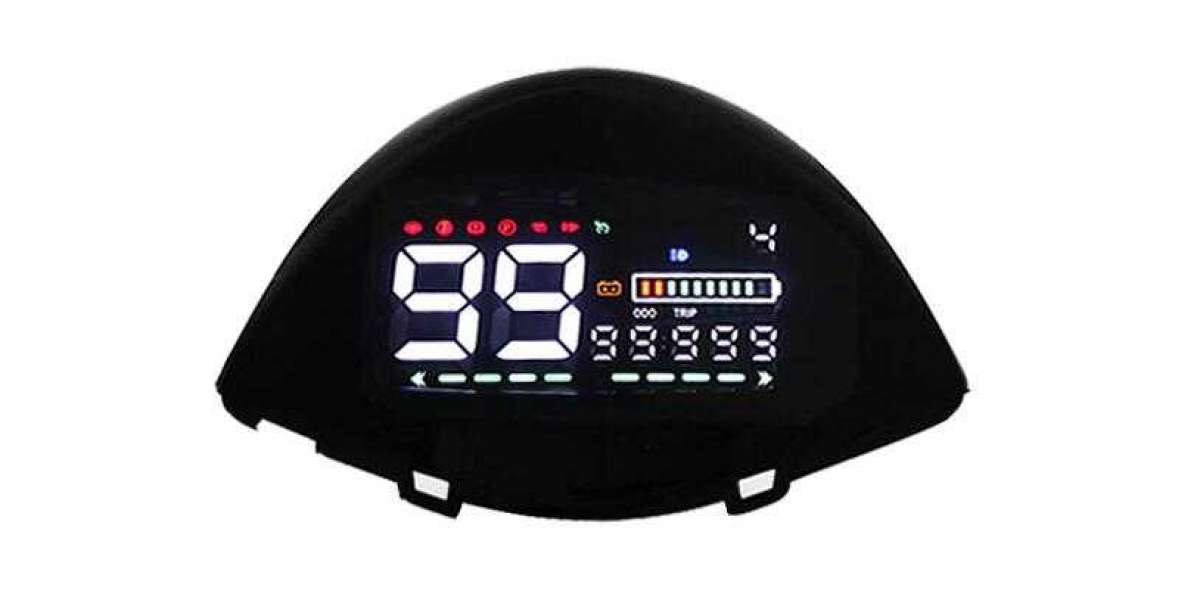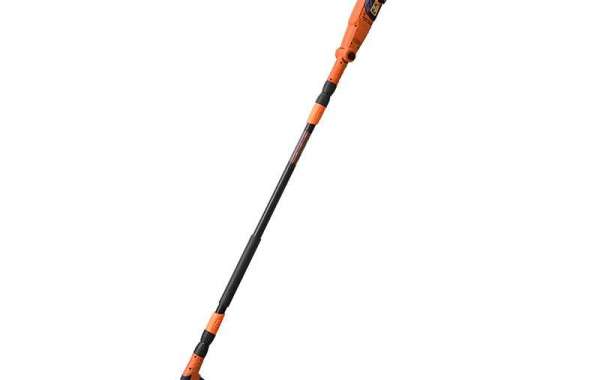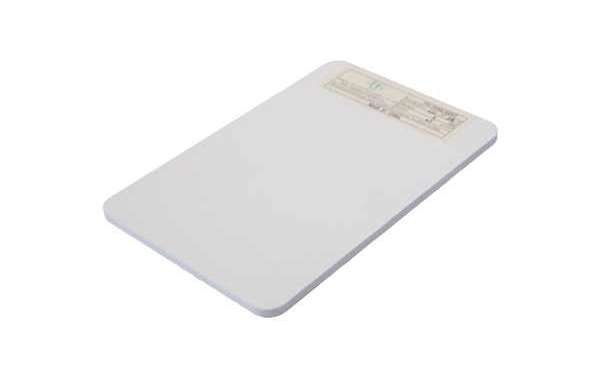The founder of IOTA talked about why he thinks that Bitcoin and Ethereum aren’t decentralised in a recent interview
IOTA was created to tackle some of the biggest hurdles that blockchain faces in an attempt to fix some of Bitcoin’s perceived failures. Bitcoin’s blockchain has the capability of solving just seven transactions per second, as well as costs increasing during times of peak demand, in comparison to other blockchains.
The founder of IOTA, David Sønstebø, thinks that there is a lot of room for improvement.
In a recent interview, Sønstebø commented, “…blockchain itself was what I would call a prototype. It’s what you build a minimum viable product. It works. It proves the different concepts, but it doesn’t really work when you want to scale it.”
Because it uses a Directed Acyclic Graph (DAG), IOTA seemingly has unlimited scalability and charges no transaction fee whatsoever.
IOTA is a different approach
Both the Bitcoin and Ethereum blockchains operate via mining. In a mining-based (proof of work) blockchain, transactions are verified by solving complex mathematical problems. According to the person behind IOTA, this difference leads to the centralisation of both cryptos; as sophisticated, expensive equipment is needed.
Sønstebø stated that in any proof of work (PoW) ecosystem, if an entity has enough resources to mine on a large enough scale, it would have a major influence on the network.
“In reality, it’s just five or ten big operators that control the whole network. That’s Bitcoin. That’s Ethereum. That’s how they operate, and they will always operate this way. It’s the only way that they can operate.”
New ways to make decentralised systems
IOTA uses an architecture it calls a “tangle” to validate transactions on its network. Before a transaction can be made, the entity that wants to make a transaction must approve two prior transactions.
According to Sønstebø, the tangle will allow IOTA to overcome some of blockchain’s biggest drawbacks, “You can have scaling, or you can have decentralization, or you can have a low cost. And in IOTA, we’re able to solve all three of them. And that’s a huge, huge, bold promise.”
Despite offering an interesting answer to some of blockchain’s biggest challenges, it would appear that markets aren’t rewarding IOTA’s innovation yet.
Although it has recovered from the crypto sell-off earlier this year, IOTA (MIOTA) still trades for well under $0.30, well below the highs it hit in late 2017. Additionally, it also seems to be underused by DeFi developers, who are using the Ethereum blockchain in large numbers.









